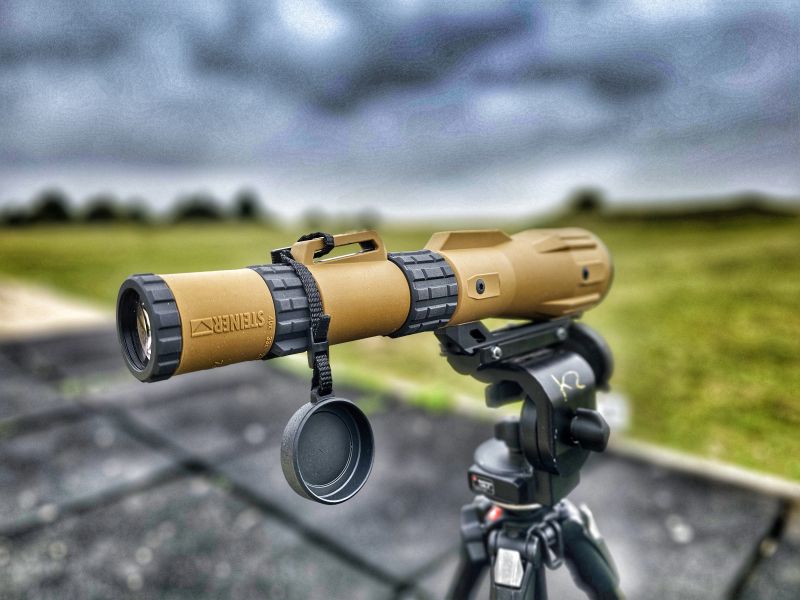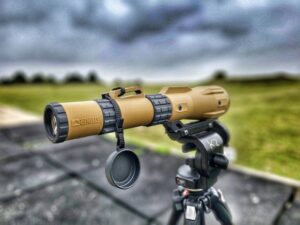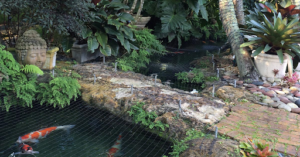
Introduction to Spotting Scopes
For those keen on detailed observation, spotting scopes has become essential. These powerful optical instruments enable enthusiasts to achieve a level of detail simply unattainable with other devices. Unlike binoculars, which are ideal for glances, spotting scopes provide sustained and magnified views, making them perfect for activities requiring prolonged observation, such as bird watching and wildlife monitoring. When strategically placed, a spotting scope can bring the vibrant details of your subject into clear focus, transforming a simple outdoor excursion into a detailed exploration.
The evolution of these devices is a testament to the increasing demand for precision. High-quality spotting scopes like the Burris spotting scope Canada have set standards in providing crystal-clear images, even in less-than-ideal conditions. Whether you’re tracking a distant deer or marveling at the nuances of a bird’s plumage, these scopes illuminate details otherwise lost to the naked eye.
Key Features of Spotting Scopes
Understanding the key features of a spotting scope is crucial for making an informed purchase. Firstly, magnification capability is a primary consideration. A scope that offers variable magnification enables users to zoom in and out effortlessly, providing versatility in various observing scenarios. Additionally, the quality of lenses plays a pivotal role in delivering sharp, distortion-free images. High-grade lenses with advanced coatings significantly reduce glare and increase light transmission, ensuring vibrant and bright visuals.
Field of view is another essential aspect, allowing observers to see a broader landscape, which is particularly beneficial when scanning areas to spot moving targets. Robust construction, often characterized by waterproof and shock-resistant materials, ensures that these scopes can withstand the demands of rigorous outdoor activities. These features culminate in a tool that is not only versatile but also resilient, offering clarity and reliability no matter where your adventures take you.
Choosing the Right Spotting Scope
Choosing the right spotting scope involves balancing personal needs with practical considerations. An important factor to evaluate is the objective lens size, as larger lenses generally offer better light capture, improving visibility in low-light settings like dawn or dusk. However, with size comes weight, and a lighter model might be more appropriate for hikers or travelers.
Portability is crucial for those who plan to move frequently with their equipment. It often compromises the lens size, weight, and intended use. Reviewing reviews from other users can provide valuable insights into a scope’s real-world performance, helping narrow choices. For casual observation or professional use, picking a spotting scope that aligns with your needs can significantly enhance your optical experience.
Enhancing Your Target Observation
Adopting certain techniques can significantly improve your ability to fully exploit your spotting scope’s capabilities. A sturdy tripod can stabilize your scope, minimize vibrations, and produce sharper images. Stability is crucial, especially at higher magnifications, where even the slightest shake can distort your view. Like a tripod, the right accessories ensure your observations remain focused and steady.
Another aspect is to learn and adjust the scope’s controls diligently. Focus knobs, zoom settings, and eyepiece adjustments should be fine-tuned based on your target and distance. The study on optical advancements has emphasized the role of adequate stabilization and precise control in enhancing observational accuracy, proving indispensable for serious observers.
Spotting Scopes in Different Environments
Spotting scopes are incredibly adaptable and designed to function efficiently across various environmental settings. However, one needs to consider each environment’s specific challenges to ensure top performance. For instance, humid weather can lead to fogged-up lenses, requiring scopes equipped with fog-resistant technology. Similarly, waterproof designs are necessary when operating in rainy conditions.
Adverse weather can also impact visibility and scopes, and adjustable settings allow for customization to counter these elements. Rugged terrains may necessitate additional equipment protection, making durability a crucial factor. Understanding how to adapt your equipment according to environmental conditions ensures that your observation remains uninterrupted and enjoyable.
Maintenance Tips for Longevity
Maintaining your spotting scope is essential not only for ensuring longevity but also for preserving its functionality. Frequent cleaning of lenses with designated cleaning solutions and cloths can keep optics pristine. This process prevents the accumulation of dirt and debris, which can affect visibility and lead to scratches if not regularly managed.
Proper storage, ideally in a case or padded bag, shields your scope from environmental harm and accidental knocks. Moreover, keeping moving parts clean and dry will maintain performance over time, providing clarity and precision whenever needed. Regular maintenance can go a long way in safeguarding your investment and keeping it in perfect working condition.
Conclusion
In conclusion, spotting scopes offers unparalleled precision in observational pursuits. Understanding their features, selecting the right model, and ensuring proper maintenance are key components that contribute to a rewarding user experience. Ever-evolving technology continues to enhance their capabilities, presenting new opportunities for discovery and enjoyment. Investing in this optical masterpiece can transform one’s ability to see, appreciate, and interact with the world in all its detailed glory.
Keep an eye for more latest news & updates on Wales Buzz!





